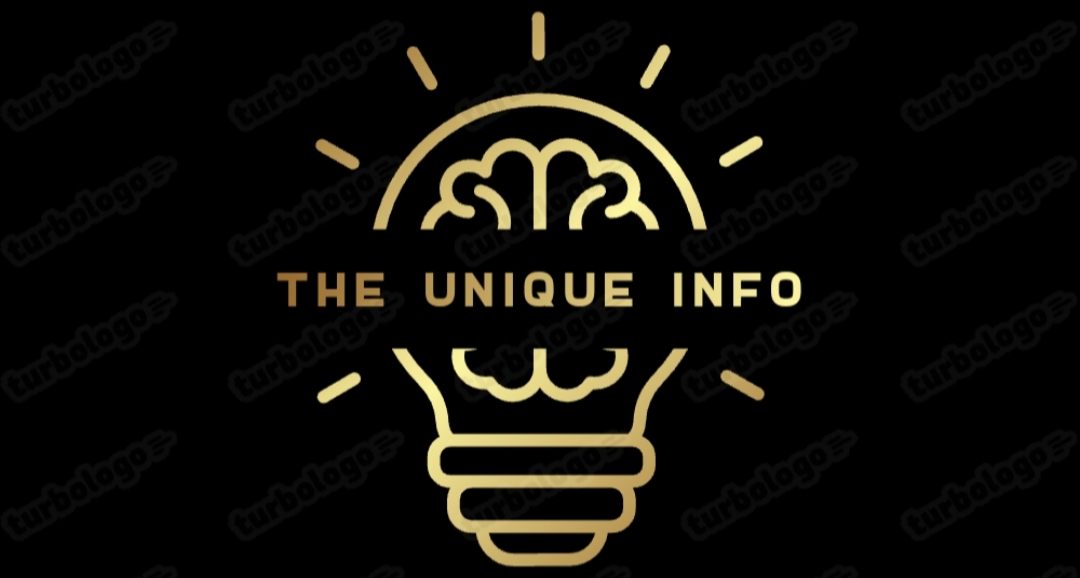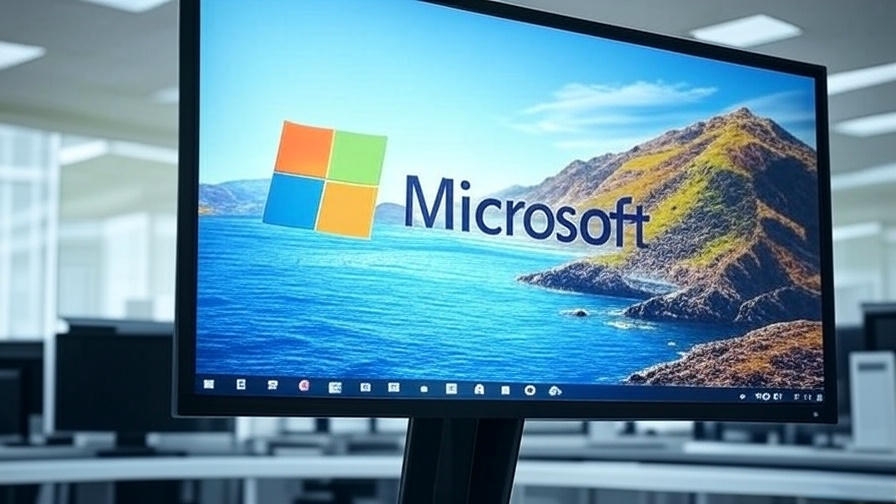Microsoft is a name that resonates with millions worldwide, a company that has shaped the way we live, work, and play for over five decades. From its humble beginnings in a garage to becoming a global tech giant, Microsoft’s journey is a testament to innovation, resilience, and adaptability. Founded by Bill Gates and Paul Allen in 1975, this American multinational corporation has left an indelible mark on the technology landscape, revolutionizing personal computing, cloud services, gaming, and artificial intelligence. This blog article dives into the rich history, key milestones, transformative products, and the cultural shifts that have defined Microsoft’s legacy of innovation. Whether you’re a tech enthusiast, a casual user, or someone curious about the forces shaping our digital world, this story is for you.
𝗧𝗵𝗲 𝗕𝗶𝗿𝘁𝗵 𝗼𝗳 𝗮 𝗩𝗶𝘀𝗶𝗼𝗻: 𝟭𝟵𝟳𝟱
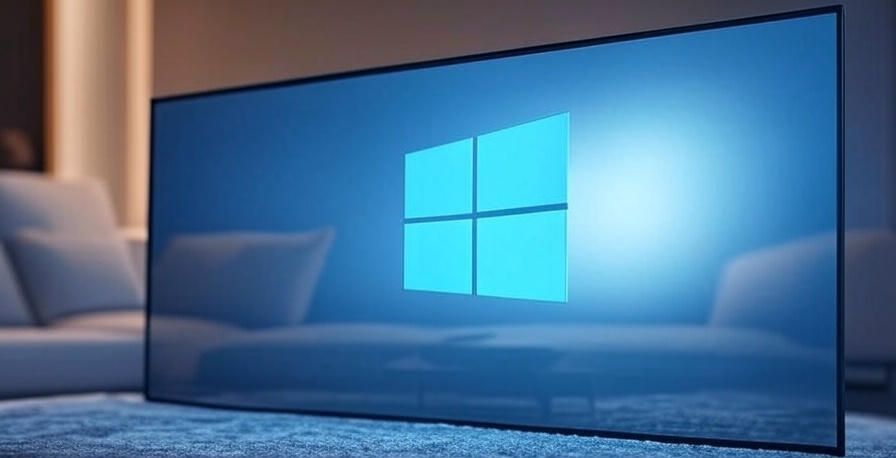
The Microsoft story begins on April 4, 1975, when Bill Gates and Paul Allen, two young computer enthusiasts, founded the company in Albuquerque, New Mexico. Their vision was simple yet ambitious: to put a computer on every desk and in every home. At the time, personal computers were a rarity, mostly confined to hobbyists and large corporations. The duo saw an opportunity when they read about the Altair 8800, one of the first microcomputers, in a magazine. Recognizing its potential, they developed a version of the BASIC programming language to run on it, marking their first product and the birth of Microsoft.
This early success laid the foundation for what was to come. Gates and Allen’s partnership was built on a shared passion for technology and a belief that software could unlock the power of computers for the masses. Their move to Albuquerque was strategic, as it brought them closer to the emerging microcomputer industry. However, it was their deal with IBM in 1980 that catapulted Microsoft into the spotlight. IBM approached Microsoft to develop an operating system for its upcoming personal computer. Microsoft licensed and modified QDOS (Quick and Dirty Operating System) from Seattle Computer Products, rebranded it as MS-DOS, and delivered it to IBM. This deal was a game-changer, as Microsoft retained the rights to license MS-DOS to other companies, setting the stage for its dominance in the operating system market.
𝗧𝗵𝗲 𝗪𝗶𝗻𝗱𝗼𝘄𝘀 𝗥𝗲𝘃𝗼𝗹𝘂𝘁𝗶𝗼𝗻: 𝟭𝟵𝟴𝟱 𝗮𝗻𝗱 𝗕𝗲𝘆𝗼𝗻𝗱
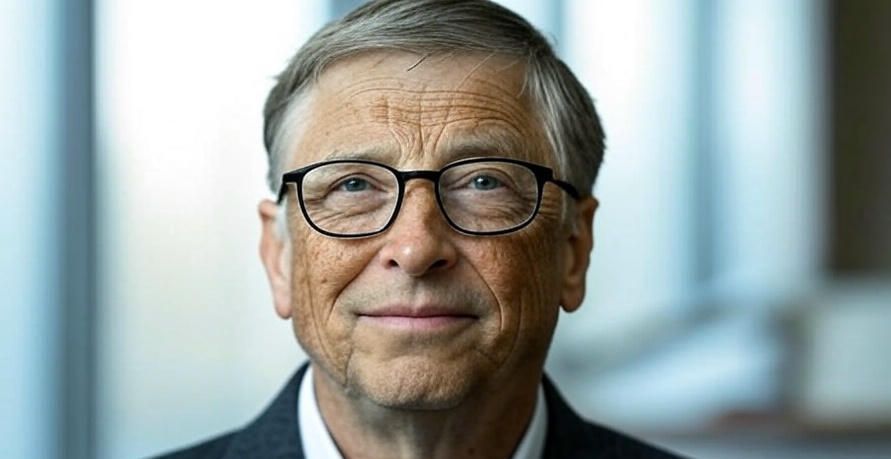
The release of Windows 1.0 in 1985 was a pivotal moment in Microsoft’s history. While MS-DOS was a text-based system, Windows introduced a graphical user interface (GUI), making computers more accessible to non-technical users. Although the initial versions of Windows were not widely adopted, the launch of Windows 3.0 in 1990 changed the game. With improved performance and a user-friendly interface, it gained significant traction. The real breakthrough came with Windows 95, released in 1995, which featured the iconic Start menu and taskbar. This version revolutionized the PC market, becoming a household name and solidifying Microsoft’s position as a leader in personal computing.
Throughout the late 1990s and early 2000s, Microsoft continued to innovate with releases like Windows 98, Windows XP, and Windows 7. Windows XP, launched in 2001, was particularly notable for its stability, security, and user-friendly design, becoming one of the most popular operating systems of all time. These successive versions of Windows became the standard in homes and businesses worldwide, driving the proliferation of personal computing and empowering users with tools to create, communicate, and collaborate.
𝗘𝗺𝗽𝗼𝘄𝗲𝗿𝗶𝗻𝗴 𝗣𝗿𝗼𝗱𝘂𝗰𝘁𝗶𝘃𝗶𝘁𝘆: 𝗧𝗵𝗲 𝗥𝗶𝘀𝗲 𝗼𝗳 𝗠𝗶𝗰𝗿𝗼𝘀𝗼𝗳𝘁 𝗢𝗳𝗳𝗶𝗰𝗲
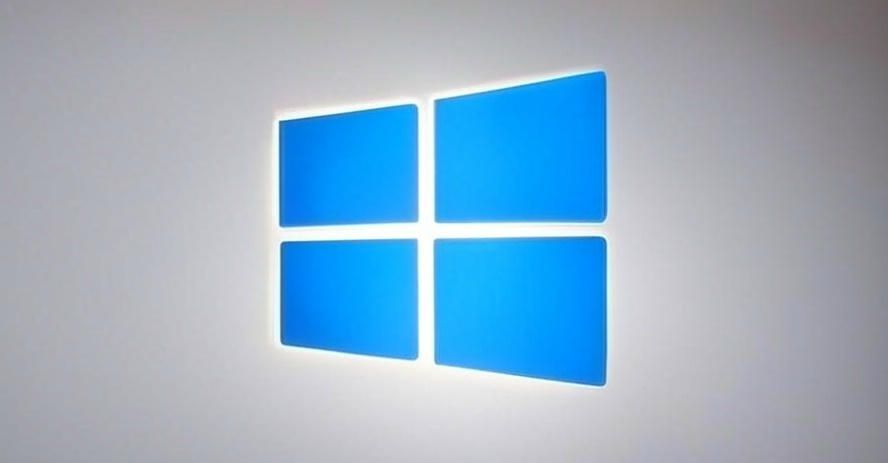
While Windows transformed how we interact with computers, Microsoft Office revolutionized workplace productivity. Introduced in 1989, the Office suite included applications like Microsoft Word, Excel, and PowerPoint. These tools became essential for document creation, data analysis, and presentations, quickly becoming the standard for businesses, educators, and individuals. Over the years, Microsoft continued to enhance Office with new features, integrating cloud services and collaborative tools to meet evolving user needs.
The transition from Office 365 to Microsoft 365, rebranded in 2020, marked another leap forward. Microsoft 365 offers a comprehensive suite of productivity, communication, and security tools, accessible via the cloud. This shift reflected Microsoft’s recognition of the growing importance of online collaboration, especially in a world increasingly reliant on remote work. Today, Microsoft 365 is a cornerstone of the company’s offerings, empowering users with seamless access to their data and applications across devices.
𝗩𝗲𝗻𝘁𝘂𝗿𝗶𝗻𝗴 𝗶𝗻𝘁𝗼 𝗡𝗲𝘄 𝗧𝗲𝗿𝗿𝗶𝘁𝗼𝗿𝗶𝗲𝘀:𝗚𝗮𝗺𝗶𝗻𝗴 𝗮𝗻𝗱 𝗛𝗮𝗿𝗱𝘄𝗮𝗿𝗲
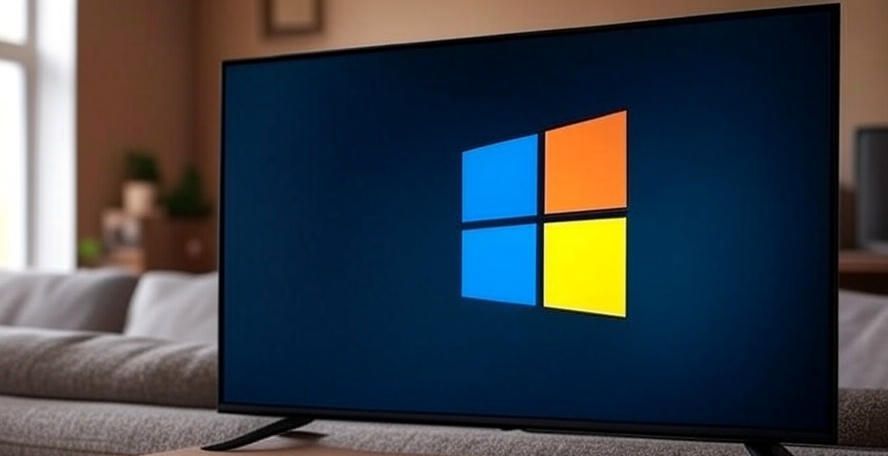
Microsoft’s innovation extends beyond software into hardware and entertainment. In 2001, the company entered the gaming industry with the launch of the Xbox, challenging the dominance of Sony’s PlayStation and Nintendo. The Xbox, followed by the Xbox 360 and Xbox One, became a major player in the gaming world, offering cutting-edge graphics and online multiplayer experiences through Xbox Live. This move showcased Microsoft’s ability to diversify and compete in new markets.
In 2012, Microsoft introduced the Surface line of tablets and laptops, blending hardware and software seamlessly. The Surface devices provided competition to established players like Apple and demonstrated Microsoft’s commitment to creating integrated technology solutions. The Surface Pro and Surface Laptop series have since gained popularity, catering to professionals and creatives with their versatility and performance.
𝗧𝗵𝗲 𝗖𝗹𝗼𝘂𝗱 𝗘𝗿𝗮: 𝗔𝘇𝘂𝗿𝗲 𝗮𝗻𝗱 𝗕𝗲𝘆𝗼𝗻𝗱
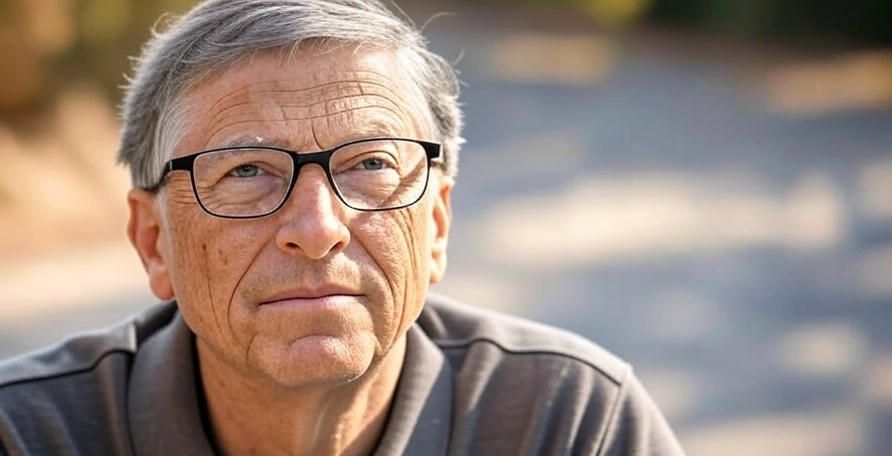
The 21st century brought a new focus on cloud computing, and Microsoft was quick to adapt. Launched in 2010, Azure, Microsoft’s cloud computing platform, offers a range of services, including virtual machines, databases, and AI tools. Azure has become a cornerstone of Microsoft’s business, enabling organizations to leverage scalable infrastructure for efficiency and innovation. The acquisition of LinkedIn in 2016 and GitHub in 2018 further expanded Microsoft’s influence in professional networking and software development, integrating these platforms with Azure to enhance collaboration and code management.
The shift to cloud-based services was exemplified by the evolution of Office 365 into Microsoft 365. This transition highlighted Microsoft’s foresight in anticipating the needs of a digital workforce, providing tools that support remote collaboration and data accessibility. Azure’s growth has positioned Microsoft as a leader in the cloud market, competing with Amazon Web Services (AWS) and Google Cloud, and underscoring its ability to innovate in emerging technologies.
𝗔 𝗖𝘂𝗹𝘁𝘂𝗿𝗮𝗹 𝗦𝗵𝗶𝗳𝘁: 𝗦𝗮𝘁𝘆𝗮 𝗡𝗮𝗱𝗲𝗹𝗹𝗮’𝘀 𝗟𝗲𝗮𝗱𝗲𝗿𝘀𝗵𝗶𝗽

The appointment of Satya Nadella as CEO in 2014 marked a turning point for Microsoft. Nadella inherited a company that had faced criticism for losing its innovative edge during the early 2000s, overshadowed by the rise of mobile devices and the internet. Under his leadership, Microsoft underwent a remarkable transformation, embracing a culture of collaboration, experimentation, and a growth mindset. Nadella’s vision was to reimagine Microsoft as a cloud-first, mobile-first company, aligning it with the technological trends of the time.
One of Nadella’s key initiatives was to foster a more open and collaborative culture. He encouraged cross-functional teams, launched hackathons for employees to work on passion projects, and introduced an incubator program to turn ideas into startups. This cultural shift was evident in Microsoft’s partnerships, such as its collaboration with OpenAI in 2020 to leverage the GPT-3 AI language generator. This move signaled Microsoft’s commitment to leading in artificial intelligence, a field poised to redefine technology.
𝗔𝗿𝘁𝗶𝗳𝗶𝗰𝗶𝗮𝗹 𝗜𝗻𝘁𝗲𝗹𝗹𝗶𝗴𝗲𝗻𝗰𝗲 𝗮𝗻𝗱 𝘁𝗵𝗲 𝗙𝘂𝘁𝘂𝗿𝗲

Artificial intelligence (AI) has become a cornerstone of Microsoft’s innovation strategy. The integration of AI into products like Microsoft 365 Copilot, which enhances productivity with AI-driven assistance, and Azure AI, which powers advanced analytics, demonstrates the company’s forward-thinking approach. Microsoft’s acquisition of Nuance Communications in 2022 for $16 billion further strengthened its AI capabilities, particularly in healthcare and customer service.
Nadella’s emphasis on responsible AI is also noteworthy. Through initiatives like the Aether team, established in 2016 to address AI ethics and effects, Microsoft has worked to mitigate risks and ensure that AI innovations benefit society. This focus on ethical innovation sets Microsoft apart, addressing concerns about data privacy and algorithmic bias in an increasingly AI-driven world.
𝗖𝗵𝗮𝗹𝗹𝗲𝗻𝗴𝗲𝘀 𝗮𝗻𝗱 𝗥𝗲𝘀𝗶𝗹𝗶𝗲𝗻𝗰𝗲
Microsoft’s journey has not been without challenges. In the late 1990s, the company faced antitrust scrutiny from the U.S. Justice Department, which accused it of monopolistic practices with Windows. The legal battle, culminating in a 2000 ruling to split the company, was partially overturned but resulted in a settlement in 2001. This period tested Microsoft’s resilience, yet it emerged stronger, adapting its strategies to comply with regulations while continuing to innovate.
Other missteps, such as the Windows Phone and Zune, highlighted the risks of entering competitive markets without a clear advantage. However, these failures provided valuable lessons, reinforcing Microsoft’s ability to learn and pivot. The company’s persistence paid off, as seen in its successful ventures into cloud computing and AI, turning potential setbacks into opportunities for growth.
𝗚𝗹𝗼𝗯𝗮𝗹 𝗜𝗺𝗽𝗮𝗰𝘁 𝗮𝗻𝗱 𝗦𝗼𝗰𝗶𝗮𝗹 𝗥𝗲𝘀𝗽𝗼𝗻𝘀𝗶𝗯𝗶𝗹𝗶𝘁𝘆
Microsoft’s influence extends beyond technology into social good. The company has democratized access to computing through affordable software and educational initiatives, empowering millions worldwide. Its sustainability efforts, including a $200 million investment in carbon credits in 2023 to offset emissions, reflect a commitment to environmental responsibility. Despite challenges in reducing Scope 3 emissions, Microsoft’s investment in renewable energy and carbon removal projects underscores its dedication to a sustainable future.
𝗟𝗼𝗼𝗸𝗶𝗻𝗴 𝗔𝗵𝗲𝗮𝗱: 𝗧𝗵𝗲 𝗡𝗲𝘅𝘁 𝟱𝟬 𝗬𝗲𝗮𝗿𝘀
As Microsoft celebrates its 50th anniversary in 2025, its legacy of innovation continues to evolve. With a focus on AI, cloud computing, and hybrid work solutions, the company is poised to shape the next generation of technology. Nadella’s vision of empowering every person and organization on the planet remains at the core of Microsoft’s mission, driving new advancements in healthcare, education, and beyond.
The story of Microsoft is one of visionaries who dared to dream big, leaders who embraced change, and a company that turned challenges into opportunities. From the Altair 8800 to Azure AI, Microsoft’s journey reflects a relentless pursuit of innovation that has transformed the world. As we look to the future, one thing is clear: Microsoft’s legacy will continue to inspire and redefine what’s possible in the digital age.
